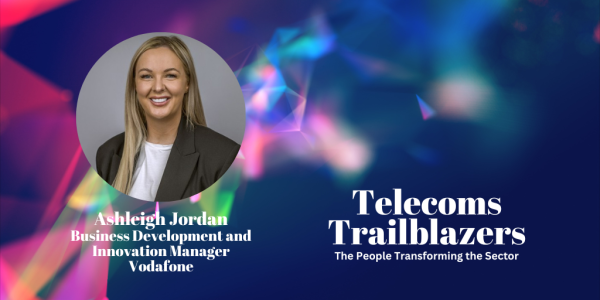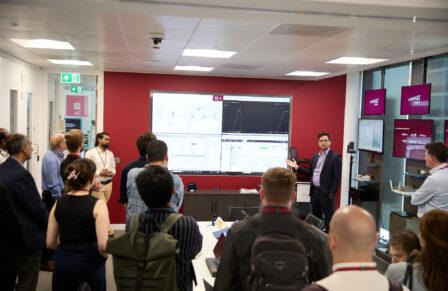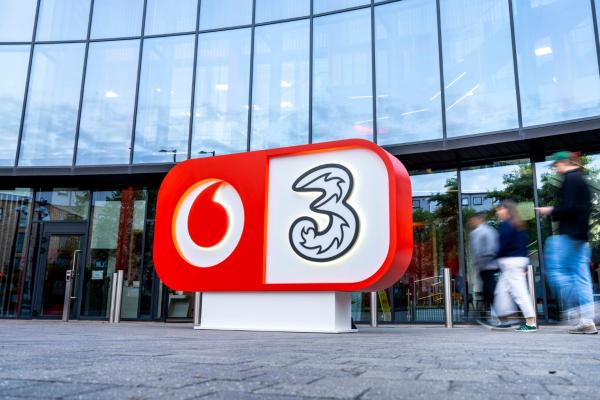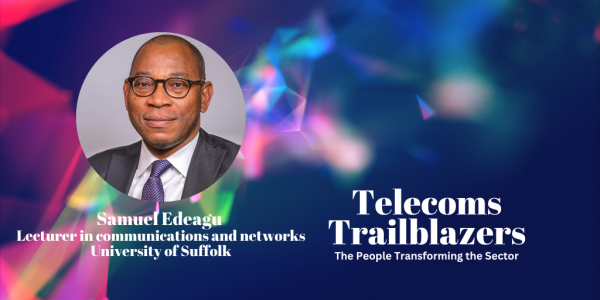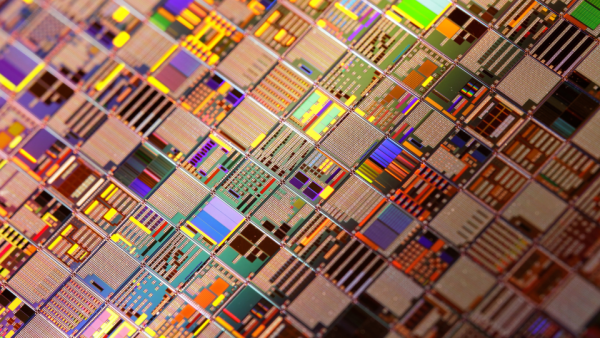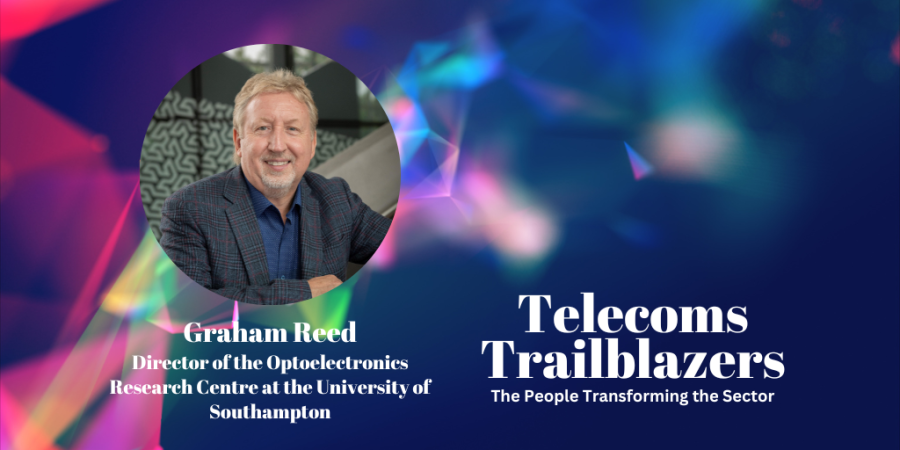
Hello, I’m Graham Reed and I am the Director of the Optoelectronics Research Centre at the University of Southampton. The university recruited my entire group in 2012: in those days, it was 13 people but now it's 56. Our team has grown a lot, largely on the back of grant success and the incredible facilities. Interacting daily with people with a photonics mindset has been incredibly rewarding and a lot of fun.
Since I joined the university, we have received almost £70 million in funding. We’ve worked on almost every aspect of silicon photonics. Silicon Photonics for Future System is a recent example: in 2020, we produced a transmitter, which included an integrated driver, that went beyond 100 GB per second. At that time it was the fastest in the world.
The semiconductor strategy was announced relatively recently and innovation knowledge centres were one of the first investments. Two grants have been awarded, with The University of Southampton receiving £11 million. I couldn’t be more delighted; funding is crucial to support our work. Starting from the 1st of April, CORNERSTONE will be an innovation centre for entrepreneurs, acting as a one-stop shop for prototyping, fabricating, training, funding and accelerator support.
Commercialising silicon photonics and pushing our work out into the real world is an essential part of what we do. The first silicon photonics company in the UK was started by one of my students.
What do you enjoy most about working in this space?
It is just so diverse. It is a global activity these days. Almost every day a new start-up or a university is setting up a research group. It’s great to see some of my ideas being used in the world and improving everyday lives. I’m a bit jealous of the people who are now entering silicon photonics. There is so much opportunity. It is a great time to be a researcher or entrepreneur.
What’s the most ridiculous thing you’ve done in the name of work?
I am a big believer in team-building exercises. We’ve done golf, go-karting and even been to go-ape… all in the name of work, of course!
What excites you most about working in telecoms?
There are many types of communication. In telecoms, we tend to think of long-haul but there are other parts of the network. From a silicon photonics perspective, it was considered useful for short-reach but now we are seeing companies and research groups doing work for all areas: 5G, 6G, short-reach, long-haul, and so on. Someone somewhere is working with silicon photonics to fill a gap. That’s exciting.
What would you like people to know about your work?
I work with a lot of talented individuals and we can turn our hand to almost any aspect of silicon photonics. We’ve worked with a wide range of application areas, including healthcare and transport. We’re talking about mass markets here.
Why is a vibrant, flourishing telecoms ecosystem important for the UK?
There are a whole host of reasons. The institutional view would be that there is a requirement for sovereign capability. There is a demand to support the UK economy. Most photonics companies in the UK export what they produce but not the full range that exists within the ecosystem of telecoms. If we had a flourishing activity in this area, it would be employing all of the folks coming out of university. From a selfish point of view, it would be great to see silicon photonics making a difference for the UK.


